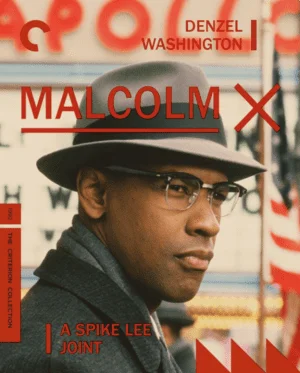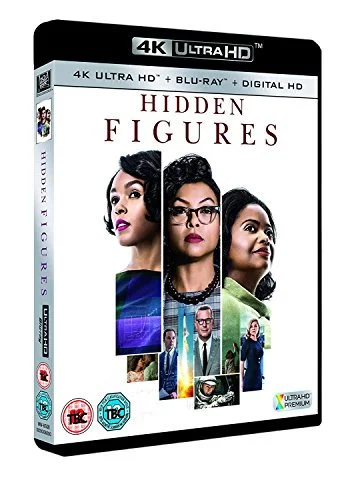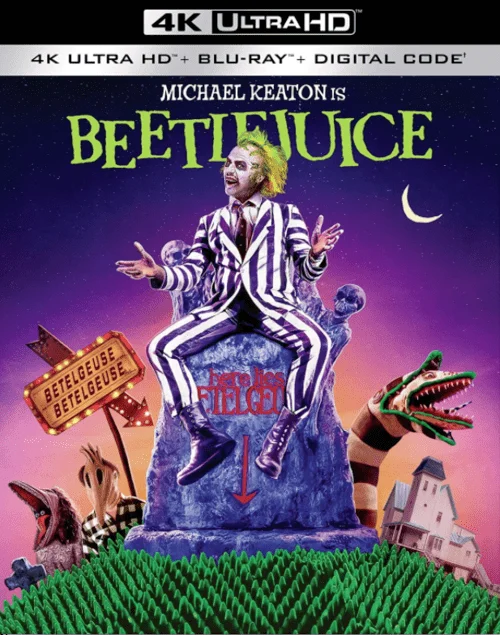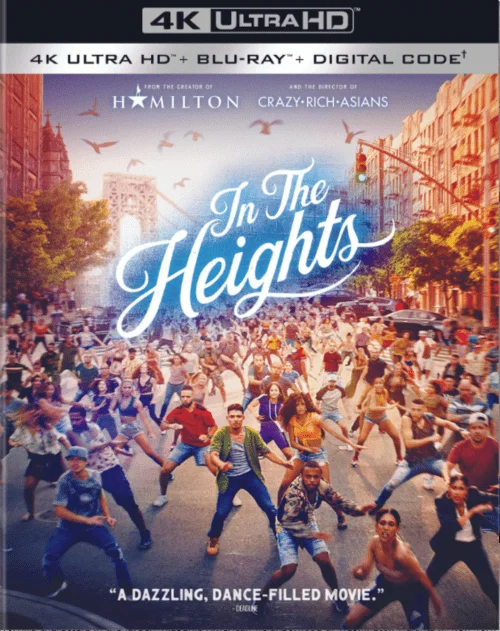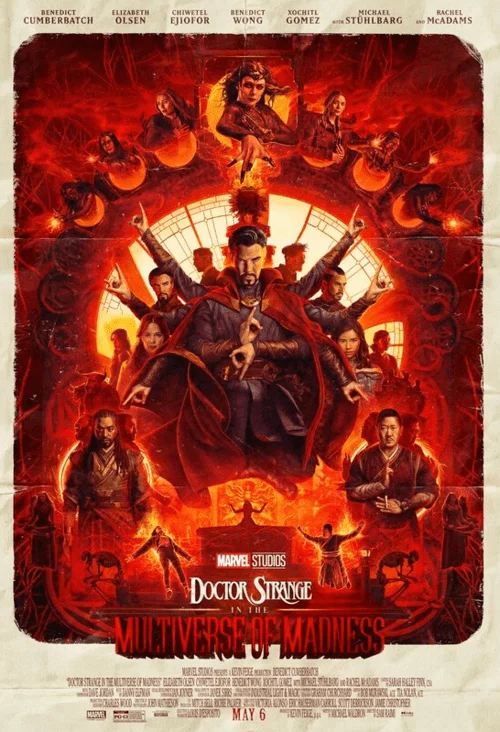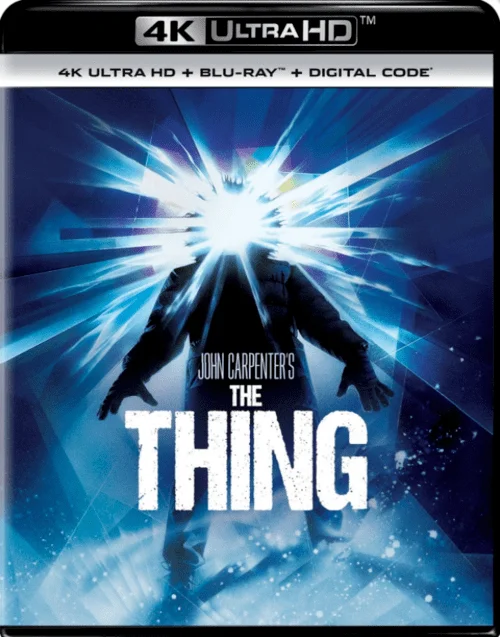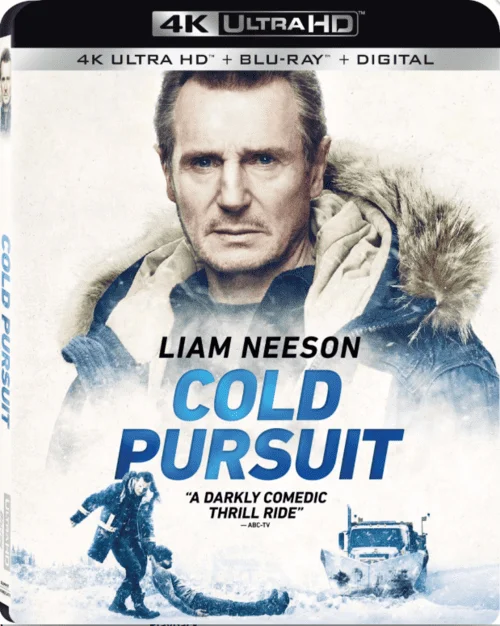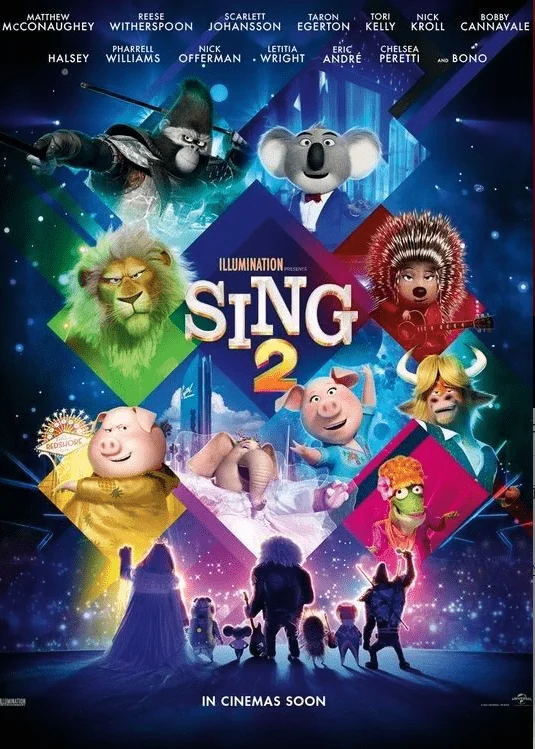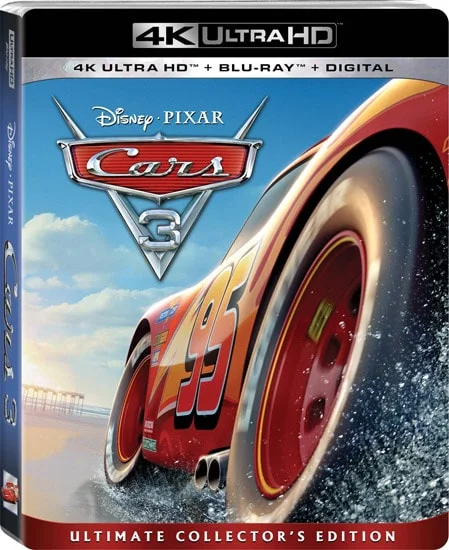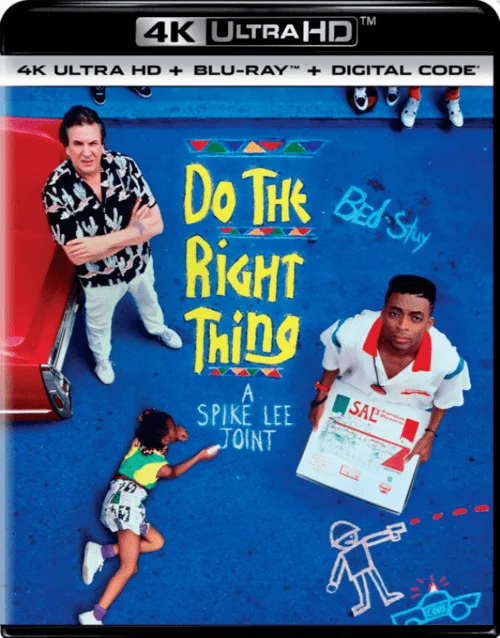
Do the Right Thing 4K 1989 Ultra HD 2160p
Cast: Danny Aiello, Ossie Davis, Ruby Dee, Richard Edson, Giancarlo Esposito, Spike Lee, Bill Nunn, John Turturro, Paul Benjamin, Frankie Faison, Robin Harris, Joie Lee, Miguel Sandoval, Rick Aiello, John Savage.

It's unbearable heat in New York. Asphalt is melting, cars are heated to the temperature of blast furnaces, and emaciated people, drenched in sweat, dream of spending the rest of the day under streams of cold showers ... At the same time as the thermometer ruthlessly creeps up, the blood of Brooklyn residents gradually begins to boil.
Usually, well-hidden intolerance, aggression and cruelty are irresistibly asking out, and "doing the right thing" is no longer possible. And therefore, the sweet, old, cozy Italian pizzeria "At Sala" turns into a real battlefield by the end of the day.
Do the Right Thing 4K Review
When I started watching the film Do It Right, I was not expecting something supernatural. The fact is that Western critics often praise politicized cinema, especially if it touches on unnecessarily relevant topics. Spike Lee is not only an African American director, but also made a film about the theme of racism in America, in which he himself played one of the main roles. But, oddly enough, the film is really worth getting to know, and the critics were, by and large, right.
The Achilles' heel of violence is that it is a spiral leading into the abyss, giving birth to exactly what it is trying to destroy. (Martin Luther King)
New York. The unbearable heat drives the inhabitants of the stone anthill crazy, sparing neither blacks nor whites. Just one day in the life of a small quarter in Brooklyn, where African Americans, whites, Latinos and even immigrants from Korea manage to get along. Italian Sal and his sons run a pizzeria known throughout the district, and Muki, a black guy forced to feed his little son, works as a pizza delivery guy. The life of the quarter is chaotic and at first glance it seems that there is no plot-forming connection in the actions of the heroes. But the film is like a volcano, in which, instead of lava, hatred and xenophobia boil, fueled by summer heat. Hatred is groundless, its roots lie in misunderstanding and unwillingness to understand others. Sal hates blacks for their parasitism, and they, in turn, cling to his Italian pizzeria, considering Brooklyn a black-only block. The closer to the end of the day, the more inevitable the eruption.
- These Koreans! They haven’t even learned to speak our language, but we have already opened our store! (one of the black heroes of the movie about the Korean shop)
We must pay tribute to Spike Lee for his unbiased view of Brooklyn mores. He did not begin to shoot a sentimental tale about how the rights and dignity of blacks are groundlessly humiliated in the states. In Lee, all heroes, regardless of skin color, are in an equal position. The director puts the problem of unemployment among African Americans at the forefront, and finds the roots of this problem in their banal unwillingness to work. Even Muki, desperately trying to get better, is constantly shirking paid duties. The rest of the dark-skinned residents of the dysfunctional quarter, when asked about finding a job, usually answer: “Why? I'm fine anyway. " A trinity of old-timers from the quarter spends the whole day sitting on stools and urinating not far from their homes. Someone, named Radio Rahim, walks down the street with a radio turned on to the fullest, which annoys Sal terribly. A group of teenagers generally sit in their pants on the sidewalk and have fun watering passing cars from the fire hydrant. In contrast to African-Americans, the Italian Sal is put, who built a pizzeria with his own hands, working hard every day. Sal is free of racial prejudice, he wants to work in the "black" quarter, but the familiarity of some native Brooklyn and hard work catalyzes in the Italian soul contempt for unemployed blacks.
Self-defense violence, I would call a "necessary measure." (Malcolm X)
It is difficult to drive this tape into genre frames. On the one hand, it is a typical situational comedy with an unpredictable plot and initially disparate plots, on the other, a human drama demonstrated from a somewhat satirical angle. The jokes in the film are not sparkling, moreover, they are quite specific, and therefore most of the "jokes" will pass by the viewer unfamiliar with New York life. Moreover, the heroes, exhausted by the heat of the asphalt frying pan, will throw out all their aggression towards the end of the film and the viewer will have a somewhat tragic denouement. It is not for nothing that Lee quotes as an epilogue two black human rights fighters - Martin Luther King and Malcolm X. And one of the heroes of the film is the boy Smiley, who is sick with something like cerebral palsy, who preaches against violence, but was one of the first to use it. The film illuminates many social paradoxes, one of which is the inability to sensibly assess the situation and the inability to accept other views. No wonder the local drunkard and "city sage" says to Muki: "Always do the right thing!" The heroes of the film do not have enough objectivity in assessing their own actions.
Cinematographer Ernest R. Dickerson apparently decided to cram all the cinematographic techniques he knew into this film, from the notorious moving camera to the Dutch Angle technique, beloved by art house directors. It turned out, surprisingly, extremely amusing, and the picture as a whole pleases the eye and is not replete with unnecessary sophistication. In many ways, this compensates for the shortcomings of the acting of individual artists, which is absolutely not applicable to the trinity: Ossie Davis, Danny Aiello and Spike Lee. Ossie played that very wise tramp who constantly pokes his nose into other people's affairs. This character looks especially convincing in the tragic ending of the film, on his face there is a grimace of sympathy and pain for his fellow citizens and brothers in skin color. Danny Aiello and Spike Lee are the very contrasting Muki and Sal, and if Muki initially looks at Sal with contempt, the Italian in the process changes his attitude towards the black for the worse. Lee makes it clear that hate is often just a consequence of itself.
Conclusion: In Cannes, the film lost to the then debutant Stephen Soderbergh, and at the Oscars it was generally bypassed, nominated for only two nominations. However, already when re-evaluating the cinematic heritage of the United States, critics again remembered this film and entered it into the list of the best American films.
Info Blu-ray
Video
Codec: HEVC / H.265 (32.9 Mb/s)
Resolution: Native 4K (2160p)
HDR: HDR10
Aspect ratio: 1.85:1
Original aspect ratio: 1.85:1
Audio
English: DTS-HD Master Audio 7.1 (48kHz, 24-bit)
English: Dolby Digital 5.1
Subtitles
English SDH, French, Spanish
File size: 32.6 GB
Trailer Do the Right Thing 4K 1989 Ultra HD 2160p
Latest added movies
Comments on the movie
Add a comment
 like
like do not like
do not like